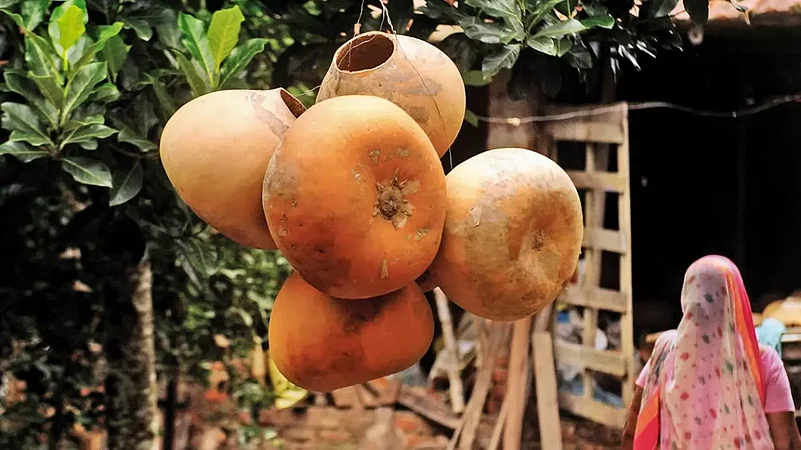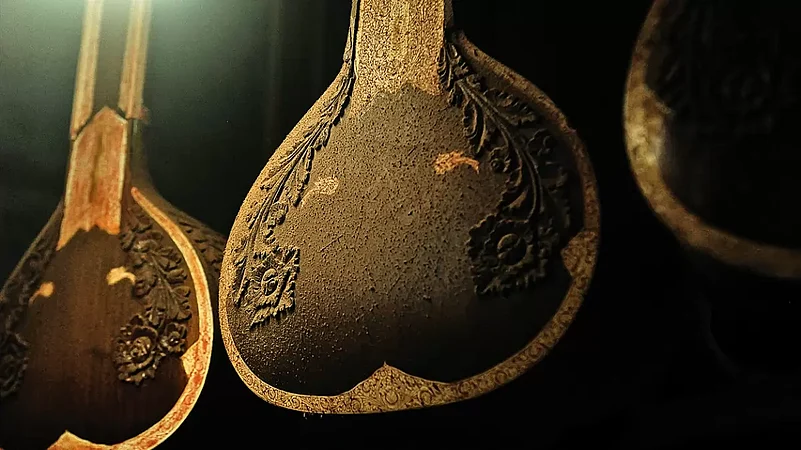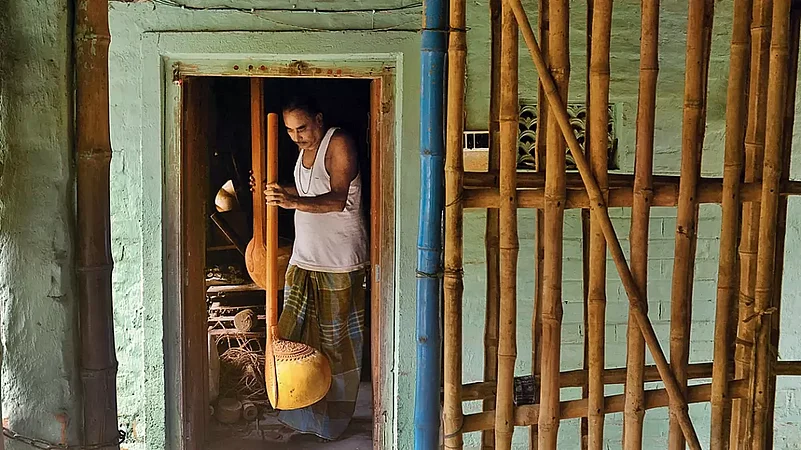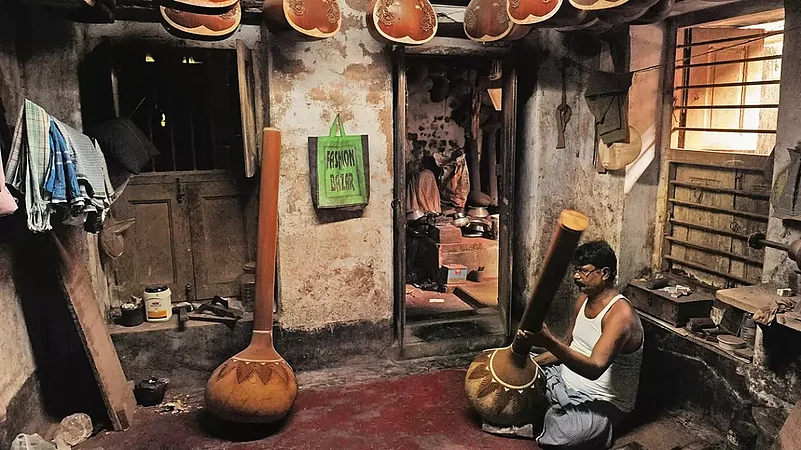Dadpur, almost 50 km from Kolkata, is a village in Uluberia where the day begins with birdsong and the notes of the sitar. Every person in the village starts their day with their thoughts attuned to the melodious tone of this instrument. There are about fifteen houses in the village where sitars are made. The people who make sitars share an instinctive bond with the instrument’s melody and all of them learned to make sitars just by listening and watching others at work. There are some places in Kolkata as well where sitars are made. This is the instrument that gives me a nostalgic feeling as it goes back in time to my childhood when I used to practice the sitar on a regular basis. I feel soulful today whenever I hear it being played by somebody somewhere. The string instrument occupies a prominent place in Indian music and is deeply embedded in Indian culture and heritage. It is made of teak wood or tun wood and pumpkin. Nowadays, tun wood is very commonly used in the production of sitars. There are two types of sitars—‘sada’ and ‘tarafdar’. This instrument has a good market but unfortunately, due to a shortage of labour, many factories are being closed down these days.







Text & Photographs by Sandipan Chatterjee
(This appeared in the print as 'Fading Notes')
















